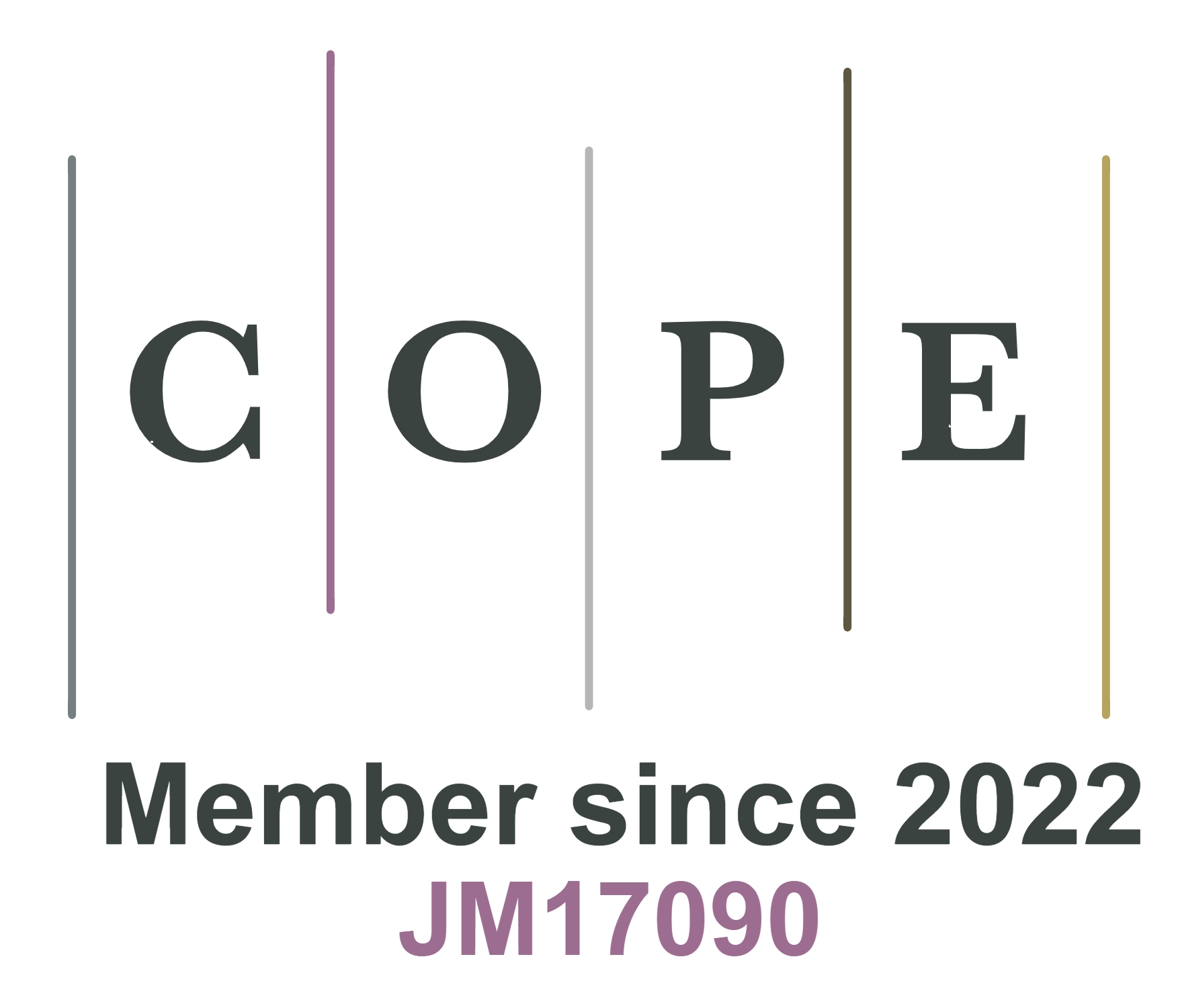fig6

Figure 6. Schematic illustration, characterization, and the performance of water treatment of the MOFs-based hydrogels. (A) The illustration of the working principle of MOF(Fe)-H1. The SEM image (300 nm) of MOF(Fe)-H1. The photo of the MB solution exposed to MOF(Fe)-H1 before and after 3 h. And the time-dependent adsorption curves of MB on MIL(Fe)-H1, MIL(Al)-H, and HKUST-H. Reproduced with permission from ref[76]. Copyright 2022 Elsevier; (B) The illustration of the 2D Ni-Fe MOF-HNTs/PVA hydrogel-coated meshes. The SEM image of 2D Ni-Fe MOF-HNTs/PVA (2 μm). Oil-in-water emulsion separation and oil/water separation ability on 2D Ni-Fe MOF-HNTs/PVA decorated stainless steel mesh. Reproduced with permission from ref[77]. Copyright 2022 Elsevier; (C) The illustration of the internal structure of the ZIF-67/SAP composite hydrogel. The SEM image (1 μm) of ZIF-67/SAP0.45. The optical images and fluorescence images of the uranium uptake effect on ZIF-67/SAP0.45. The uranium uptake curves on different ZIF-67/SAPx in 1 mg·L-1 uranium-containing seawater (x = 0, 0.25, 0.45, 0.65, 0.85). Reprinted (adapted) with permission from ref[84]. Copyright 2020 American Chemical Society. MOFs: Metal-organic frameworks; SEM: scanning eletron microscope; 2D: two dimensional; HNTs: halloysite nanotubes; PVA: polyvinyl alcohol; ZIF: zeolitic imidazolate framework; SAP: sodium alginate (SA) and polyethyleneimine (PEI).









